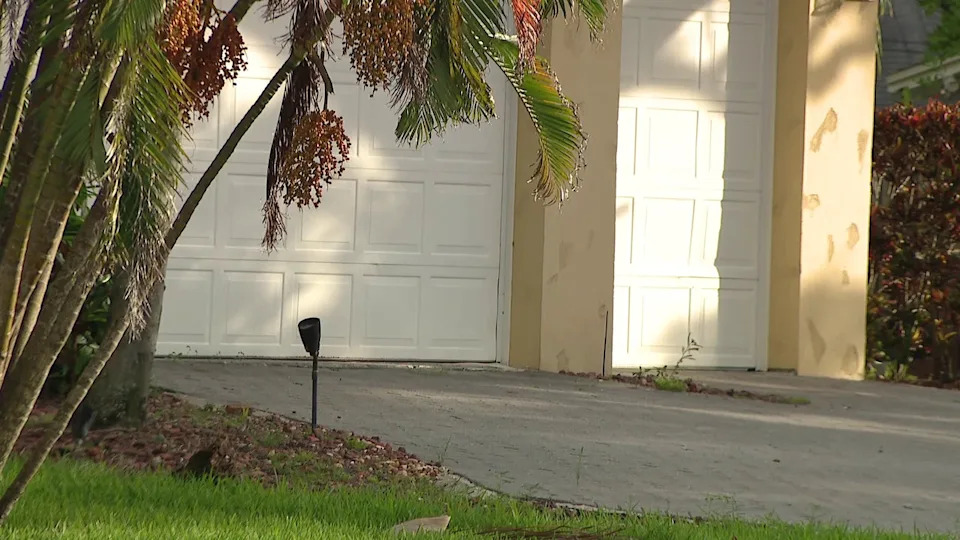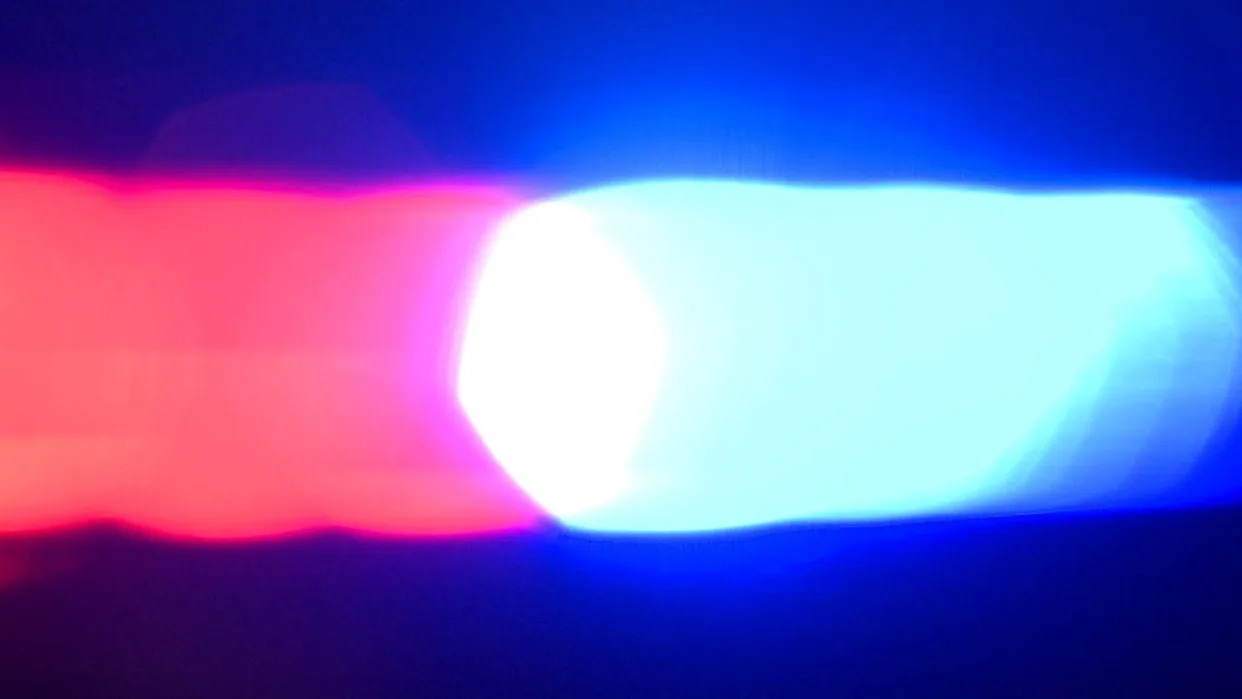
The endangered Florida panther could lose thousands of acres of core territory in the Everglades due to operations at the immigration detention camp known as Alligator Alcatraz, an expert said during a Wednesday hearing in Miami federal court.
“Panthers have been present around this site historically,” said Randy Kautz, who has studied the impact of development on panthers since the early 2000s. “I am confident they are still there.”
Kautz testified as part of proceedings for a lawsuit claiming the DeSantis and Trump administrations skirted environmental regulations to build the immigration detention facility, erected hastily this summer within the boundaries of the Big Cypress National Preserve.
The suit was filed by environmental advocacy groups Friends of the Everglades, the Center for Biological Diversity and Earthjustice, with the Miccosukee Tribe joining afterward. The plaintiffs are asking District Judge Kathleen Williams to grant a temporary injunction that would shut the detention center down until an environmental review can be conducted.
The hearing — which on Wednesday featured witnesses for the plaintiffs — will continue Thursday morning.
According to Kautz, panthers were routinely collared around the Everglades and elsewhere until budget cuts curtailed surveillance around 2018. Telemetry data shows radio pings from panthers within about four miles of the site — a day’s walk for a panther — up until 2009, according to court documents.
The facility is surrounded on all sides by the breeding grounds of the Florida panther, according to maps Kautz created while in partnership with the U.S. Fish and Wildlife Service, as well as “source habitat,” an area that has a high density of panthers and is considered necessary for species recovery, he said.
Kautz said that typically, panthers have been recorded to avoid areas with high levels of human activity by 200 meters, and they avoid areas with strong artificial light by 400 meters. If those two factors have increased with the construction and operation of Alligator Alcatraz, there would be a high likelihood that panthers could be driven away from the area, he said.
According to Kautz, increased fencing and an increase in traffic could also cause strain on the panther population, though without more information on exactly how much of an increase there will be in both factors, he can’t say for certain.
Models Kautz has worked with show panthers will experience a 19% decrease in habitat due to sea-level rise and human population growth by 2070, he said. Constricting their territory can lead to more panthers killing other panthers and strains on resources like food and shelter.
“This project, if it continues, will add to that,” Kautz said. “Another brick in the wall, if you will.”
Attorneys for the state and federal governments argued that Kautz’s data is not all-encompassing, because he doesn’t have information about how much lighting and human activity have increased since the site became a detention facility in late June. Originally, it was operating as an airstrip used for training exercises. Additional harm directly caused by the facility cannot be determined, attorneys argued.
Attorneys for the state and federal government also pointed out that there haven’t been radio pings from panthers within four miles of the site since 2009.
Kautz said that doesn’t mean panthers aren’t there — it means that panthers weren’t collared in the area. The goal of collaring panthers isn’t necessarily to document all panthers all the time, he said. Researchers prioritize animals that can provide the most information about what they’re studying at the time, like how they raise their offspring or how they react to unique environments.
Another witness, Jessica Namath, said when she used to park out on the entrance to Jetport Road, which now leads to Alligator Alcatraz, there was no fencing alongside it. She also couldn’t see artificial lighting at night while walking along the road. At the time, Namath, the daughter of football legend Joe Namath, used to hike, birdwatch and take prayer walks along with the Miccosukee Tribe around the immediate area.
Since the site opened, she has been back multiple times to video and photograph the changes at the entrance. The fencing around the area is new, she said. When she’s visited at night, the artificial light is bright at the gates and the generators at the facility can be heard from the entrance.
When asked to compare the site before and after Alligator Alcatraz opened, Namath said it was “heartbreakingly different.”





Comments